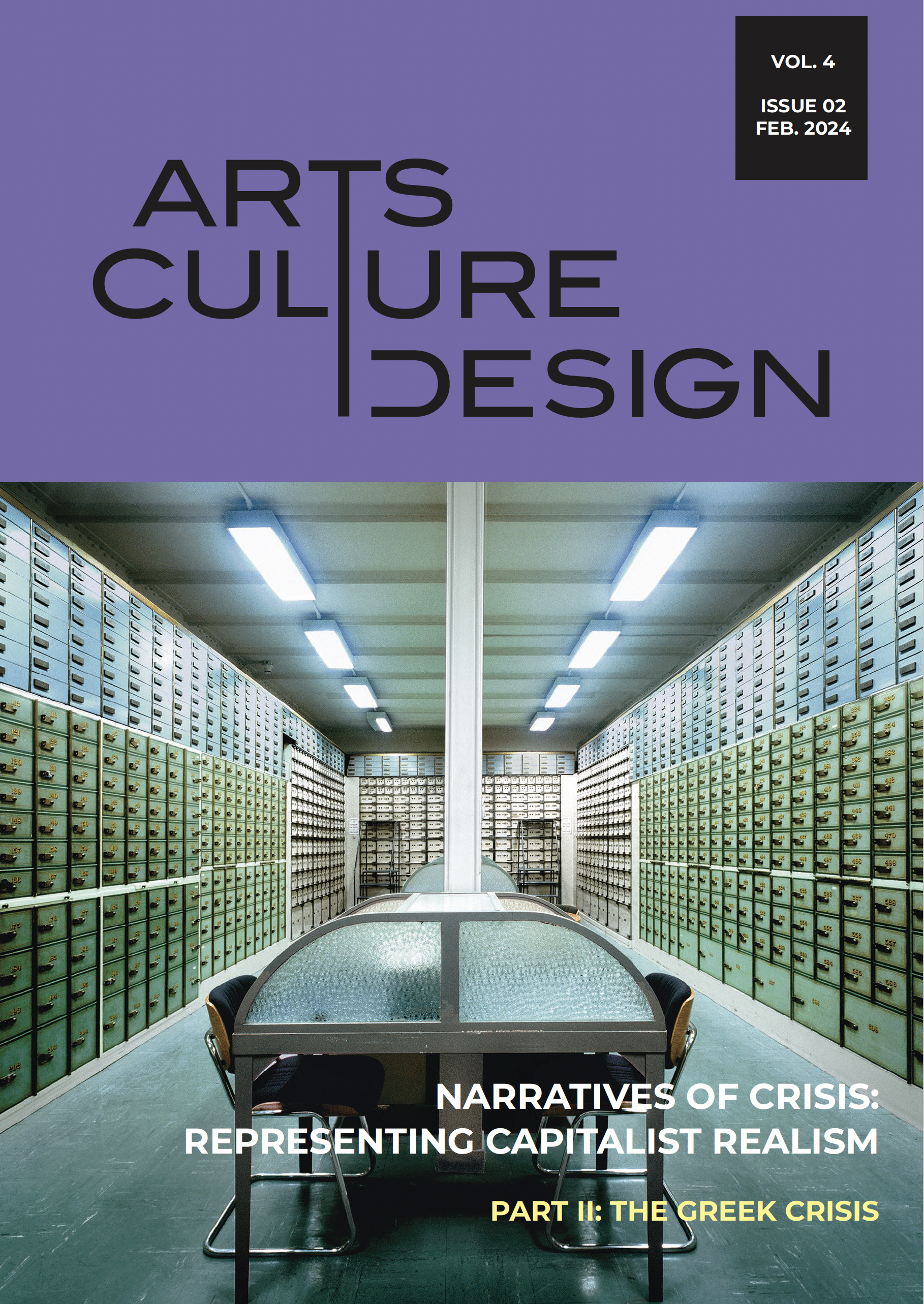Billboards
Abstract
This visual essay explores the intricate dynamics of interpreting visual art, particularly within the realm of photography, and the compelling role of inconclusiveness within the narrative. By showcasing previously unreleased images from 2013, it explores how viewers often confront images with an innate desire for resolution, driven by societal norms and shared viewpoints shaped by media and personal experiences. However, the essay challenges this instinct by focusing on instances where visual artworks, captured through the photographic medium, deliberately omit crucial contextual information. In doing so, viewers are prompted to question their instinctual conclusions and embrace a sense of discontentment. The essay focuses in 2013 Greece, during a period of financial turmoil when billboards stood conspicuously empty. While these vacant billboards were widely interpreted as symbols of a nation in crisis, I argue that the reality behind their abandonment was rather mundane - a legal crackdown on illegal constructions. This disparity between perception and reality served as a foundation for the project "Leaving Utopia," highlighting the power of visual inconclusiveness to challenge prevailing narratives and provoke critical inquiry.
Article Details
- How to Cite
-
Ventourakis, N. (2024). Billboards. Design/Arts/Culture, 4(2), 32–45. https://doi.org/10.12681/dac.35367
- Section
- Artwork/Portfolio

This work is licensed under a Creative Commons Attribution-NonCommercial-ShareAlike 4.0 International License.
The copyright for articles in this journal is retained by the author(s), with first publication rights granted to the journal. By virtue of their appearance in this open access journal, articles are free to use (with the exception of the non-granted right to make derivative works) with proper attribution for non-commercial uses (licence Creative Commons 4.0). EKT/NHRF retains the worldwide right to reproduce, display, distribute, and use articles published in DAC in all formats and media, either separately or as part of collective works for the full term of copyright. This includes but is not limited to the right to publish articles in an issue of the Journal, copy and distribute individual reprints of the articles, authorize reproduction of articles in their entirety in another EKT/NHRF publication, and authorize reproduction and distribution of articles or abstracts thereof by means of computerized retrieval systems.
DAC journal considers all submitted artwork on the condition author(s) confirm that third-party intellectual property rights are not violated in any way.
Author(s) are responsible for securing permissions to publish copyrighted material, such as photographs and other artwork and for paying any fees involved. Production of an article will not begin until the editor has received all relevant permissions.
The copyright for published articles in Design | Arts | Culture is retained by the author(s). By virtue of their appearance in this open access journal, articles can be used freely, with proper attribution, for educational and other non-commercial purposes.



